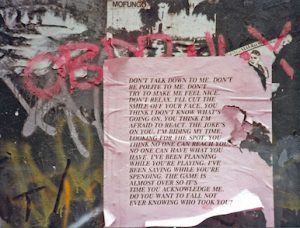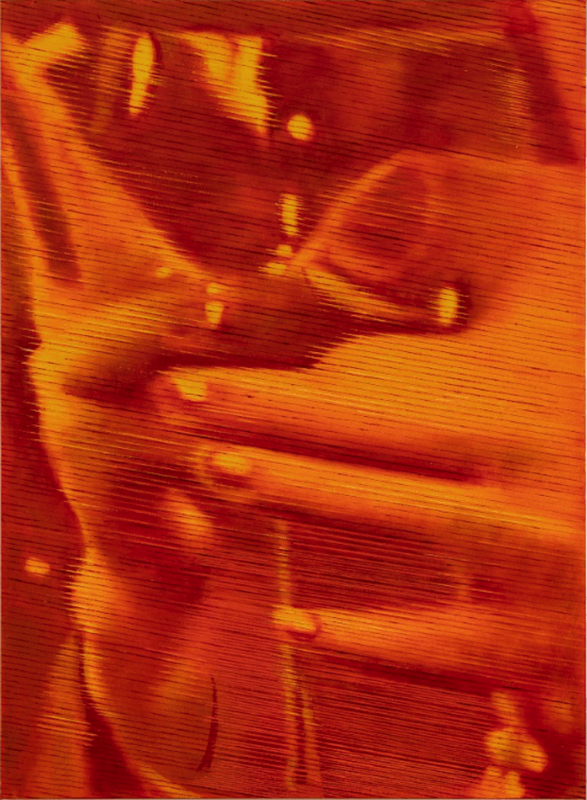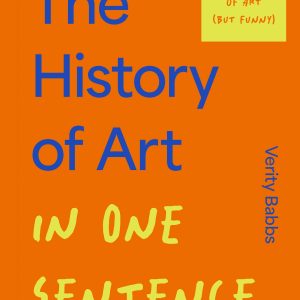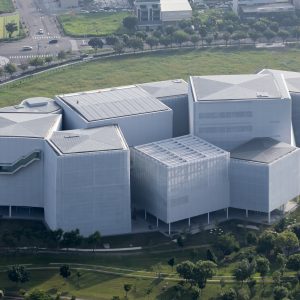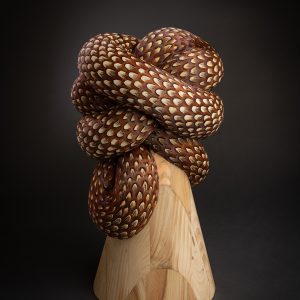
Merging of Two Worlds: Art & Technology
Ever felt the rush of excitement when painting a canvas or sculpting a figure? Now, imagine coupling that with the latest technological advancements. That’s the life of an Art Technology Student! By blending artistry with technology, these students are creating the next wave of innovation in the art world.
Art Technology Student: Unleash Your Creative Potential
The fusion of art and technology has given rise to an era where creativity knows no bounds. With the right tools, techniques, and mindset, the sky’s the limit for an art technology student. But how can you truly harness this power? This is where the APA paper writing service Paperwriter comes into play. By seamlessly blending artistic expression with technological prowess, Paperwriter enables students to articulate their innovative visions with precision and clarity. Whether it’s crafting a compelling research paper on the influence of digitalization on modern art or exploring the intersection of virtual reality and creative design, Paperwriter provides the platform for students to showcase their interdisciplinary expertise. Just as art and technology converge to reshape our world, Paperwriter converges expertise and assistance to reshape your academic journey, ensuring your ideas shine as brightly as your creative spirit.
1. Embrace Digital Art Platforms
The digital world is your oyster! From graphics tablets to sophisticated software like Adobe Illustrator or Procreate, the resources available are vast. By mastering these tools, you can bring your wildest imaginations to life.
2. Virtual Reality (VR) & Augmented Reality (AR) in Art
Ever thought of diving into your artwork? With VR & AR, it’s possible! Create immersive experiences, showcase art in a new dimension, and let your viewers walk through your imagination.
3. 3D Printing: Shaping Dreams into Reality
3D printing isn’t just for engineers. Sculptors and model makers are using it to create intricate designs impossible to achieve by hand. Learn about this technology, and you might just revolutionize your craft.
4. Animation and Motion Graphics
Moving art? Now that’s a showstopper! Explore the realms of animation and motion graphics to bring static art pieces to life, telling tales more dynamically than ever.
5. The Internet and Social Media: Building a Brand
Artists have Instagram, Pinterest, and even TikTok at their disposal. By curating a digital portfolio and engaging with a global audience, you’re not just an artist; you’re a brand.
How Traditional Art Skills Complement Technology
Contrary to popular belief, traditional art techniques are not outdated. In fact, they form the base for all digital creations. Sketching, shading, color theory – they’re the building blocks of digital artistry.
Art Tech Collaborations: The Next Big Thing
Ever heard of tech companies hiring artists? It’s becoming increasingly common. From user interface design to virtual world creations, the collaboration between artists and techies is changing the game.
Preparing for the Future: Courses & Certifications
Being passionate isn’t enough. By enrolling in specialized courses and obtaining certifications, you not only polish your skills but also stand out in the competitive world of art technology.
Financial Aspect: Monetizing Your Skills
Art and money? They can go hand in hand! Explore avenues like NFTs (Non-fungible Tokens), freelance projects, or even starting your own business to make a living from your passion.
Conclusion
The marriage between art and technology is not just a phase; it’s a revolution. As an Art Technology Student, the power to shape this future lies in your hands. Embrace the fusion, keep learning, and you might just change the world.
FAQs
- What are the best tools for digital artistry? Popular tools include graphics tablets like Wacom, software such as Adobe Creative Suite, and mobile applications like Procreate and SketchBook.
- Why is technology becoming integral to art? With tech, artists can transcend traditional boundaries, experiment more, and reach a global audience faster.
- Can traditional artists adapt to art technology? Absolutely! Many traditional skills are foundational to digital art, and with the right training, anyone can transition.
- How do VR and AR influence art exhibitions? These technologies provide immersive experiences, making art exhibitions interactive, engaging, and memorable for the viewers.
- Is it essential for art technology students to have a digital portfolio? Yes, a digital portfolio showcases your skills, versatility, and vision, making it easier for potential employers or clients to assess your capabilities.
Are there any risks associated with blending art and technology? While there are concerns about the over-dependence on tech and potential loss of traditional art forms, the key lies in striking a balance between the two.

